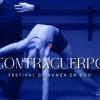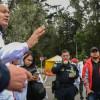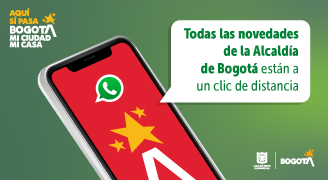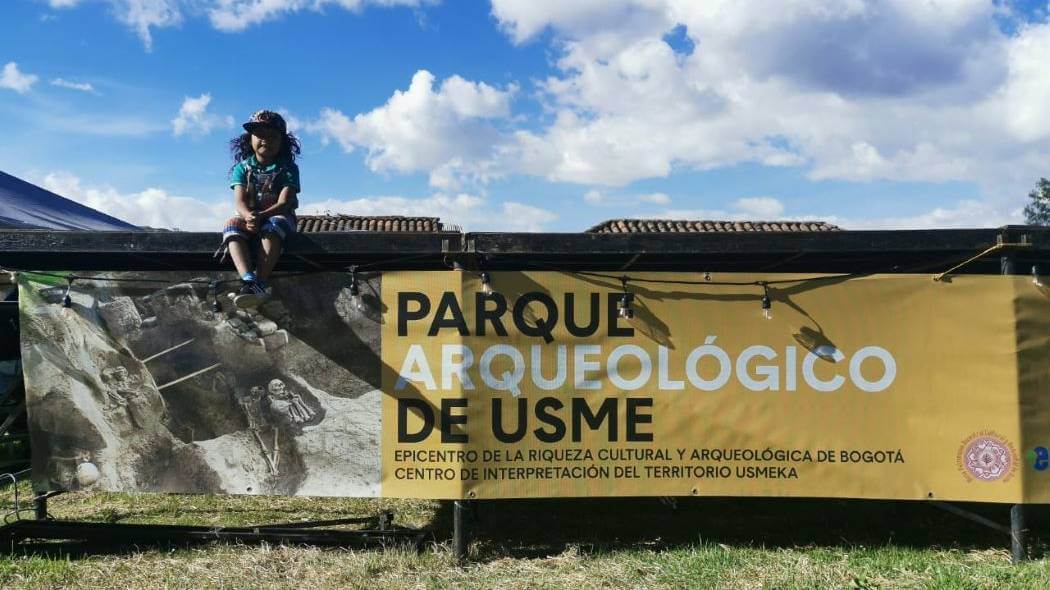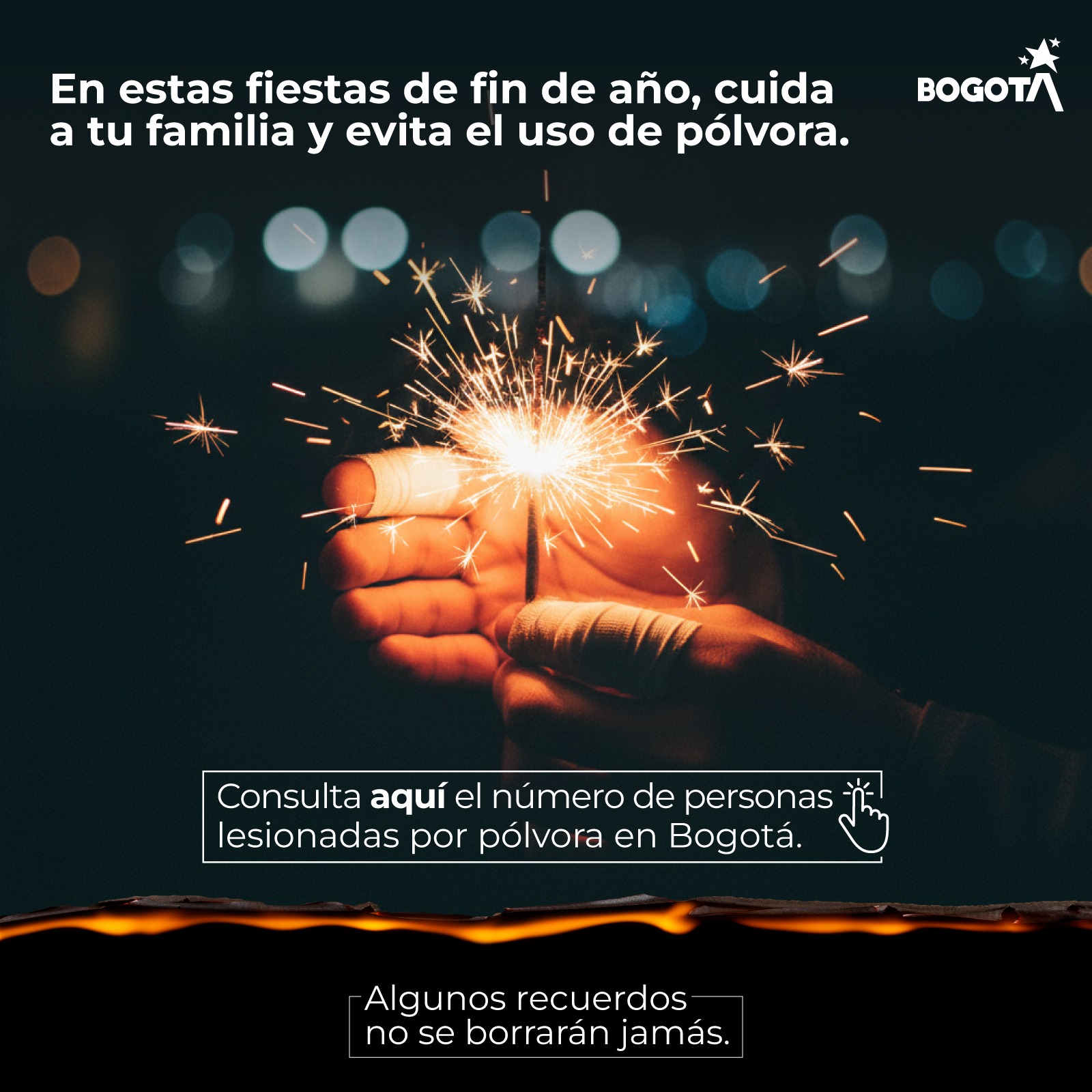With the planting of trees of different endemic species in the neighborhood of Usme, the Secretariat of Culture, Recreation and Sports, SCRD, through the District Heritage Institute, began the activation protocol act of the First Archaeological and Cultural Park of Bogotá, located in the Hacienda El Carmen, in the La Requilina village in the Usme neighborhood.
The event was held within the framework of the Heritage in Ruana Festival, a cultural and sports event, which takes place this weekend in that sector, within the framework of the activities of Bogotá a Cielo Abierto and the strategy of reactivation of culture in rural areas.
It includes activities that will allow the meeting with the multiple cultural expressions that exist in the Burrough around music, cinema, sports, gastronomy, the farmers market and the identity activities of the area.
“The importance of the El Carmen farm is incalculable. When you have an archaeological find of this nature, you understand what culture really means. They are communities that for hundreds of years developed their own funeral rituals. And these rituals tell us about their conception of life and their relationship with the territory. In addition, dialogues with the current community are built on that ”, says the Secretary of Culture, Nicolás Montero Domínguez.
The archaeologist Ernesto Montenegro, who has been at the forefront of the investigations led by the District Institute of Heritage, IDPC, says that, in 2014, Hacienda El Carmen was declared a Protected Archaeological Area “because there are a series of archaeological remains that speak of the deep history of Bogotá and Sumapaz. That is why it was declared as such and has a protected restriction ”.
He details that it is a space that contains “more than 3,000 funerary contexts that tell us about more than 800 years of history: from 800 AD. until the year 1600, and where the funerary contexts –that is, the burial with everything and the trousseau that is around–, show us that the people who lived here had enormous relationships that go beyond the Sabana and that reached as far as the Amazon in some cases. They also reached the Caribbean through the Sierra Nevada de Santa Marta, because the vestiges tell us about all those relationships ”.
The expert adds that this place in Usme allows "to see that Bogotá has a history of regional relations much more important than the one we know from the urban world, and that since ancient times those relations already existed."
Hacienda El Carmen is a double landmark for the memory of the city: it contains the ancestral history of a place of worship that could be the largest in the Muisca people upon the arrival of the Spanish. In turn, the discovery of this archaeological remains marks a milestone for the containment of the urban expansion that has been advancing on the territory of the rural urban edge of southern Bogotá.
Therefore, the Archaeological and Cultural Park of the Capital District will be a space for research, dissemination and creation of cultural and environmental projects that will allow new reflections and views on the dynamics of Usme.
The Heritage in Ruana Festival is the excuse to open up the strategy to activate the heritage of the archaeological find and its dialogue with the urban and rural cultural activities of Usme.
With the active participation of the urban and rural community of Usme, social value activities around the heritage of this town are being carried out, making it the epicenter of the construction of the first Archaeological and Cultural Park of the Capital District.
Through the construction of the first archaeological and cultural park, Bogotá becomes a pioneer city in Latin America in the integration of cultural and environmental heritage in an urban environment, which is why the project has been a point of attention of international actors such as the Embassy of France in Colombia.
The cultural conference and the development of the comprehensive heritage management project through the archaeological park, reaffirms the commitment to protect and value the existing cultural heritage in the rural environment in the Usme neighborhood, as provided for in the Bogotá Development Plan 'A new Social and Environmental contract for the 21st century'.

